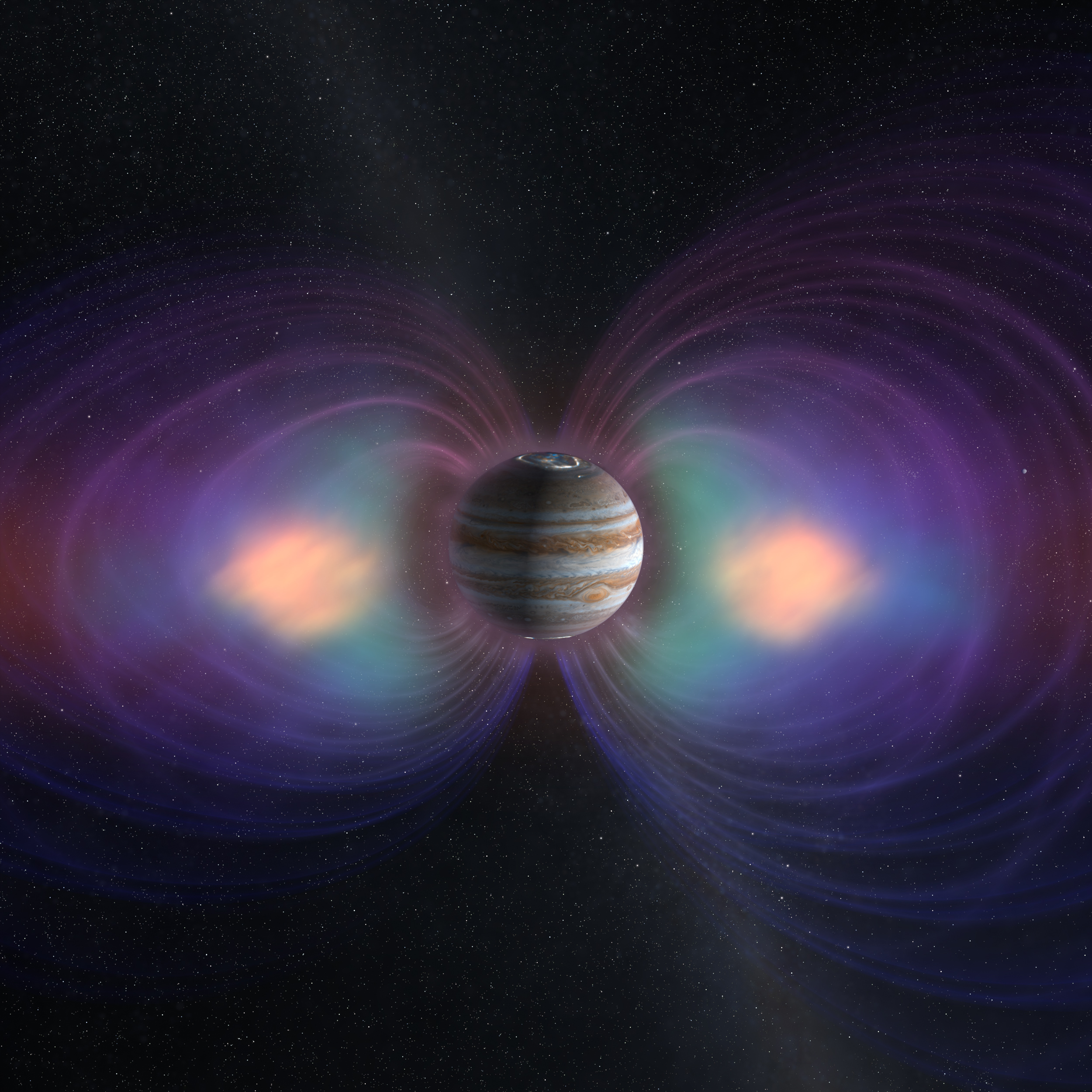How does the Sun create space weather on Earth?
Intermediate Level Guiding Question
Big Idea 2.2Educator Background
Space weather is caused by the Sun and encompasses a wide range of phenomena that occur in the heliosphere, which include changes in the solar wind, coronal mass ejections, solar flares, and other types of particle and radiation (storms). As space weather activity intensifies, Earth's magnetic field becomes more disturbed, which we refer to as geomagnetic storms. These storms can interfere with communication satellites and other technology on Earth. Solar flares can produce high energy particles that disrupt electrical circuitry in satellites. Coronal Mass Ejections (CME) can cause electrical power outages.
Learning Constraints
At this level students learn about the properties of Earth's interior (MS-ESS2-1) and that Earth's magnetic field can extend out into space (MS-PS2-5).
Connect to Heliophysics
Connect to the Sun by introducing the term, "space weather," and supporting a model for Earth's systems that includes, not only radiation input from the Sun, but also how the solar wind interacts with the Earth's magnetosphere and atmosphere. Because our satellites reside in low-Earth orbit, which is within the ionosphere, so monitoring and predicting space weather is important to keeping human infrastructures safely working.
Extend Exploration
Extend student exploration of space weather by having them investigate how the sunspot cycle correlates with aurora sightings.
Differentiate for Beginner Learners
Support beginner students by revisiting how Earth's systems interact with one another (5-ESS2-1).
Differentiate for More Advanced Learners
Challenge students at the next level by having them investigate the properties of plasma, which is what the solar wind is made of. Plasmas and magnetic fields interact to produce a wide range “space weather” phenomena.

Featured Intermediate Resources
Explore this guiding question with these intermediate level resources.
Heliophysics Resource Database
Use the guiding question above to explore resources at this level or go directly to our database to search for resources by level, NGSS performance expectation, topic, and mission.
Resource Database




